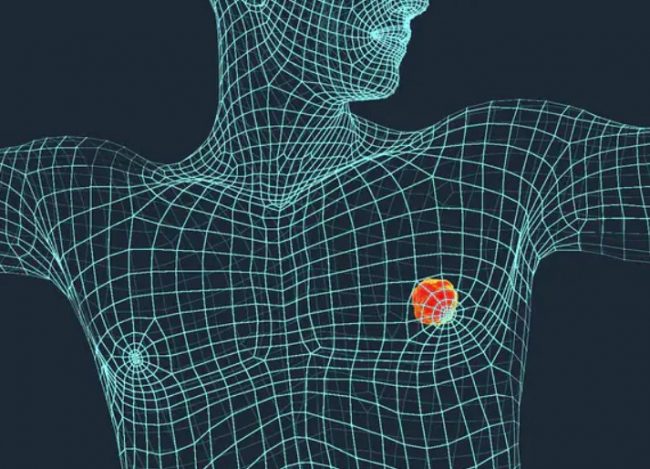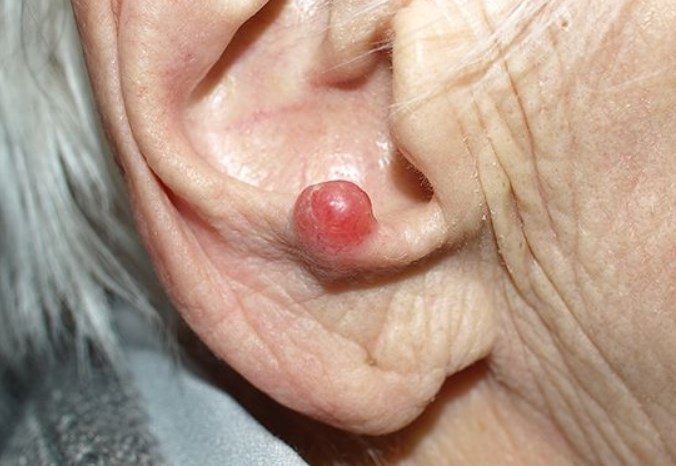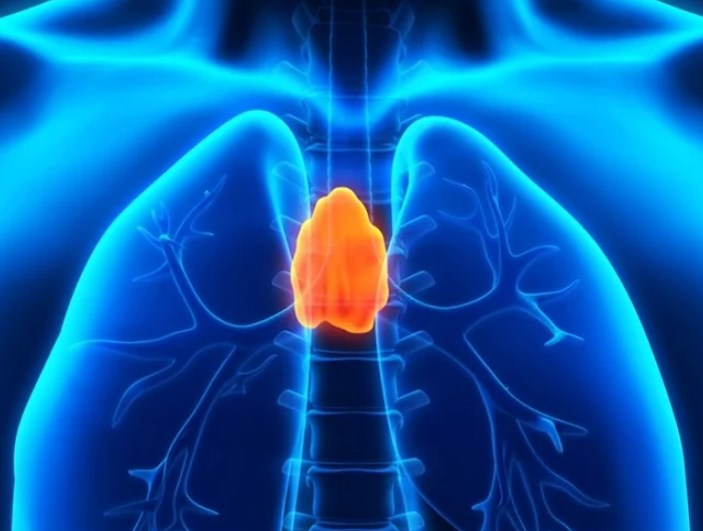Your health consists of complete psychological, physical, and social well-being and not merely the absence of disease or infirmity. If you think of the deadliest diseases in the world, you would probably jump to the fast-acting pandemic, an incurable one that grabs headlines from time to time.
However, everyday people experience some diseases that affect our body temporarily. At the same time, other conditions stay with us for a long time. You may come across a disease that will creep up in your life when you least expect it and might not know how to fight it.
A disease that can target any part of your body and leave you dismember your whole life. The vigorous spread and abnormal division of cells in your body push you to make some hard decisions. A disease like cancer not only breaks down your body but also cripples you mentally. Once cancer happens, you will see a rapid change in the way you live for the rest of your life.
Cancer is one of the commonly occurring diseases afflicting millions of people globally. More than 200 forms of cancer exist today. Some frequently occurring kinds of cancer are breast cancer, lung cancer, bowel cancer, and prostate cancer. Millions of new cancer cases appear on the medical records annually.
There were 18.1 million new cases of diagnosed cancer in the year 2020. These statistics suggest that cancer can occur at any stage of life and to any gender. Besides the most common cancer, rare forms of cancers also exist, making it difficult to diagnose them. The rate of rare cancers accounts for 22% of all the diagnosed forms of cancer worldwide.
This article will highlight some rare cancers and their risk factors that you should know.
Contents
5 Rare Forms of Cancer
1. Mesothelioma

It is a rare form of cancer. Its target site is the thin layer of tissue covering various organs in our body, affecting the lungs, abdomen, and heart. Continuous research and in-depth resources have helped researchers find treatments to slow down its progression in the affected organ.
One of the significant risk factors for this type of cancer is continuous exposure to asbestos, a natural mineral found abundantly at construction sites. It is also present in the air. Inhaling asbestos for long periods can cause mesothelioma in a person. As soon as mesothelioma affects the lungs, the symptoms a person can experience are chest pain, shortness of breath, high-grade fever and sweating at night, and a persistent cough. People working with asbestos or living with someone with continuous exposure to it have a higher risk of mesothelioma.
2. Male breast cancer

Breast cancer in women is tragically common, but male breast neoplasm is a rare occurrence. The American Cancer Society estimates for breast cancer in men for 2023: about 2,650 new diagnosed invasive breast cancer cases. The cause of male breast cancer is still unclear, but it does exist in the male population around the globe. Studies say that men diagnosed with the early stage of this cancer have 84% chances of survival by following timely and accurate treatments.
The sign and symptoms of this cancer may vary. However, symptoms include thickening of breast tissue, a painless lump, changes in the skin surrounding the breast, or redness or scaling. Besides being rare, exposure to certain risk factors can increase the chance of breast cancer in men. Older age is one of the factors leading to cancer development. Most of the diagnosed cancer cases are of men in their 60s. It can also be hereditary, or men taking estrogen-related drugs can develop breast neoplasm.
3. Merkel cell carcinoma

It is a rare yet aggressive form of skin cancer found around the face, head, neck, and arms. Its worldwide incidence is unclear, but it affects about 2000 people in the US every year. Like other forms of skin cancers, it also occurs due to continuous exposure to the sun. It spreads fast in older adults or the ones with a weak immune system.
People working outdoors with prolonged exposure to sunlight have a higher tendency to develop Merkel cell carcinoma.
4. Wilm’s tumor

It is a rare form of kidney cancer that affects children. It affects one child per 10,000 children in the US. It is a rare form of cancer; however, it is most common in children aged 3 and 4. Its incidence becomes less common after the age of 5. Wilm’s tumor accounts for 5% of cases of diagnosed childhood cancer overall. The causes of Wilm’s tumor are not clear, but experts say that genetics can play a role in its occurrence. Children of African-American parents have a high risk of developing this cancer. Besides genetics, it can also appear comorbidity in children born with some specific symptoms at birth, like partially formed iris or the WAGR syndrome.
5. Thymic carcinoma

It is another rare and aggressive cancer with a poor prognosis affecting the thymus gland. Its rate of incidence is 0.22-0.26 per 100,000 population. There are no specific causes, but its occurrence is often associated with autoimmune diseases like myasthenia gravis. Besides it being rare, its diagnosis is usually in its advanced stage. Few common risk factor for this disease is age and ethnicity. It occurs mainly in middle-aged adults in their 60s or 70s.
Conclusion
Rare cancers are challenging to diagnose. However, despite being rare, most forms are treatable if diagnosed timely. They can be benign or malignant depending on the abnormal division of cells in our body. Few known-diagnosed cancers can affect the oral cavity, small intestine, eye, and orbit, or heart. Although these cancers are rare, there is still hope as advances in immunotherapy show remarkable results in treating many forms of cancer.
Leave a Reply
You must be logged in to post a comment.